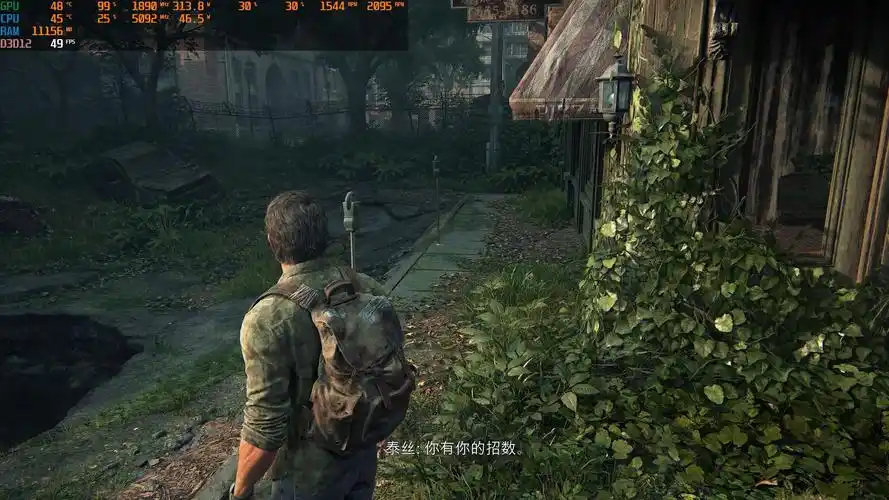Why Its Fandom Loves Theorycrafting
Introduction
In the world of gaming, few things captivate a community as much as theorycrafting—the deep, analytical process of breaking down game mechanics, strategies, and lore to uncover hidden truths or optimize performance. From World of Warcraft to League of Legends, and from Dark Souls to Genshin Impact, fandoms thrive on dissecting every possible aspect of their favorite games. But why is theorycrafting so beloved? What drives players to spend hours crunching numbers, debating mechanics, and predicting future updates?
This article explores the psychology, culture, and satisfaction behind theorycrafting, revealing why it has become a cornerstone of modern gaming fandom.
1. The Thrill of Discovery
At its core, theorycrafting is about exploration and discovery. Gamers love uncovering secrets, whether it’s a hidden boss, an overpowered build, or an obscure lore connection.
- Hidden Mechanics: Many games don’t fully explain their systems, leaving players to experiment. For example, Dark Souls famously hides its lore in item descriptions, encouraging fans to piece together the story.
- Optimization: Competitive games like League of Legends or Path of Exile reward players who find the most efficient strategies. Theorycrafters enjoy the challenge of maximizing performance.
- Easter Eggs & Secrets: Some games, like The Legend of Zelda or Elden Ring, are packed with mysteries. Fans collaborate to decode cryptic clues, fueling endless speculation.
The joy of being the first to discover something—or contributing to a collective breakthrough—is a powerful motivator.
2. Community & Collaboration
Theorycrafting is rarely a solo endeavor. It thrives in online communities where players share findings, debate interpretations, and refine ideas.
- Forums & Reddit: Platforms like Reddit, GameFAQs, and Discord servers become hubs for discussion. A single post can spark massive debates or lead to game-changing discoveries.
- Content Creators: YouTubers and streamers (e.g., Asmongold, VaatiVidya) popularize theories, making them accessible to casual players.
- Crowdsourced Knowledge: Wikis like Fextralife or WoWhead compile player findings into comprehensive guides, ensuring no discovery is lost.
This collaborative aspect fosters a sense of belonging—players feel part of something bigger than themselves.
3. Intellectual Challenge & Problem-Solving
For many, theorycrafting is a mental workout. It appeals to analytical minds who enjoy:

- Math & Statistics: Calculating damage formulas, drop rates, or stat breakpoints.
- Hypothesis Testing: Trying different builds to see which performs best.
- Predictive Analysis: Guessing future updates based on developer hints or datamining.
Games like Magic: The Gathering or Teamfight Tactics reward players who can anticipate meta shifts and adapt strategies accordingly.
4. The Lore & Storytelling Aspect
Not all theorycrafting is about mechanics—some of the most passionate discussions revolve around narrative speculation.
- Unanswered Questions: Games like Elden Ring or Destiny leave gaps in their lore, inviting fans to fill in the blanks.
- Symbolism & Themes: Analyzing character arcs, environmental storytelling, and hidden messages.
- Future Plot Predictions: Anticipating DLCs or sequels based on unresolved plot threads.
This type of theorycrafting turns games into interactive storytelling experiences, where players become co-creators of the narrative.
5. The Competitive Edge
In esports and ranked play, theorycrafting is essential for success.
- Meta Analysis: Understanding which strategies dominate and why.
- Counterplay Development: Finding ways to beat popular tactics.
- Patch Note Breakdowns: Deciphering how balance changes will impact the game.
Players who master theorycrafting gain a strategic advantage, making it a key skill in competitive gaming.
6. The Influence of Developers
Some game studios actively encourage theorycrafting by:
- Leaving Clues: FromSoftware’s cryptic storytelling fuels endless debates.
- Engaging with Fans: Developers like Riot Games (League of Legends) or Bungie (Destiny) interact with the community, teasing future content.
- Supporting Modding & Datamining: Games like Skyrim or Warframe allow players to dig into game files, leading to discoveries.
When developers embrace theorycrafting, it strengthens the bond between creators and players.
Conclusion: Why Theorycrafting Endures
Theorycrafting is more than just number-crunching or wild speculation—it’s a fundamental part of gaming culture. It satisfies our curiosity, fosters community, and deepens engagement with our favorite games. Whether uncovering hidden lore, optimizing builds, or predicting the next big meta shift, theorycrafting keeps fandoms alive long after the credits roll.
So next time you see a heated debate about "the best DPS build" or "what that cryptic ending really means," remember: theorycrafting isn’t just a hobby—it’s a celebration of gaming itself.
What’s your favorite theorycrafting moment? Share your thoughts in the comments!
Tags: #Gaming #Theorycrafting #GameLore #Esports #CommunityGaming #GameAnalysis #GamerCulture


















